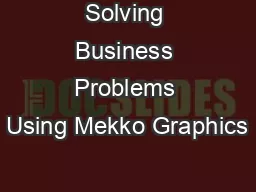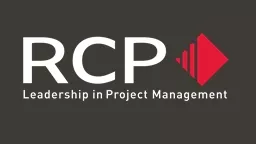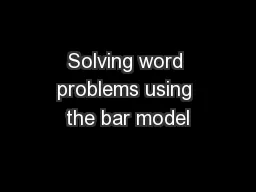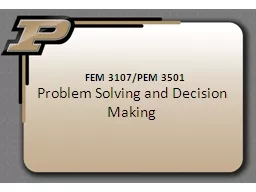PPT-Solving Business Problems Using Mekko Graphics
Author : stefany-barnette | Published Date : 2015-11-07
Improve Customer Loyalty and Reduce Churn Research has repeatedly shown that existing customers spend more purchase higher margin products and services and
Presentation Embed Code
Download Presentation
Download Presentation The PPT/PDF document "Solving Business Problems Using Mekko Gr..." is the property of its rightful owner. Permission is granted to download and print the materials on this website for personal, non-commercial use only, and to display it on your personal computer provided you do not modify the materials and that you retain all copyright notices contained in the materials. By downloading content from our website, you accept the terms of this agreement.
Solving Business Problems Using Mekko Graphics: Transcript
Download Rules Of Document
"Solving Business Problems Using Mekko Graphics"The content belongs to its owner. You may download and print it for personal use, without modification, and keep all copyright notices. By downloading, you agree to these terms.
Related Documents














